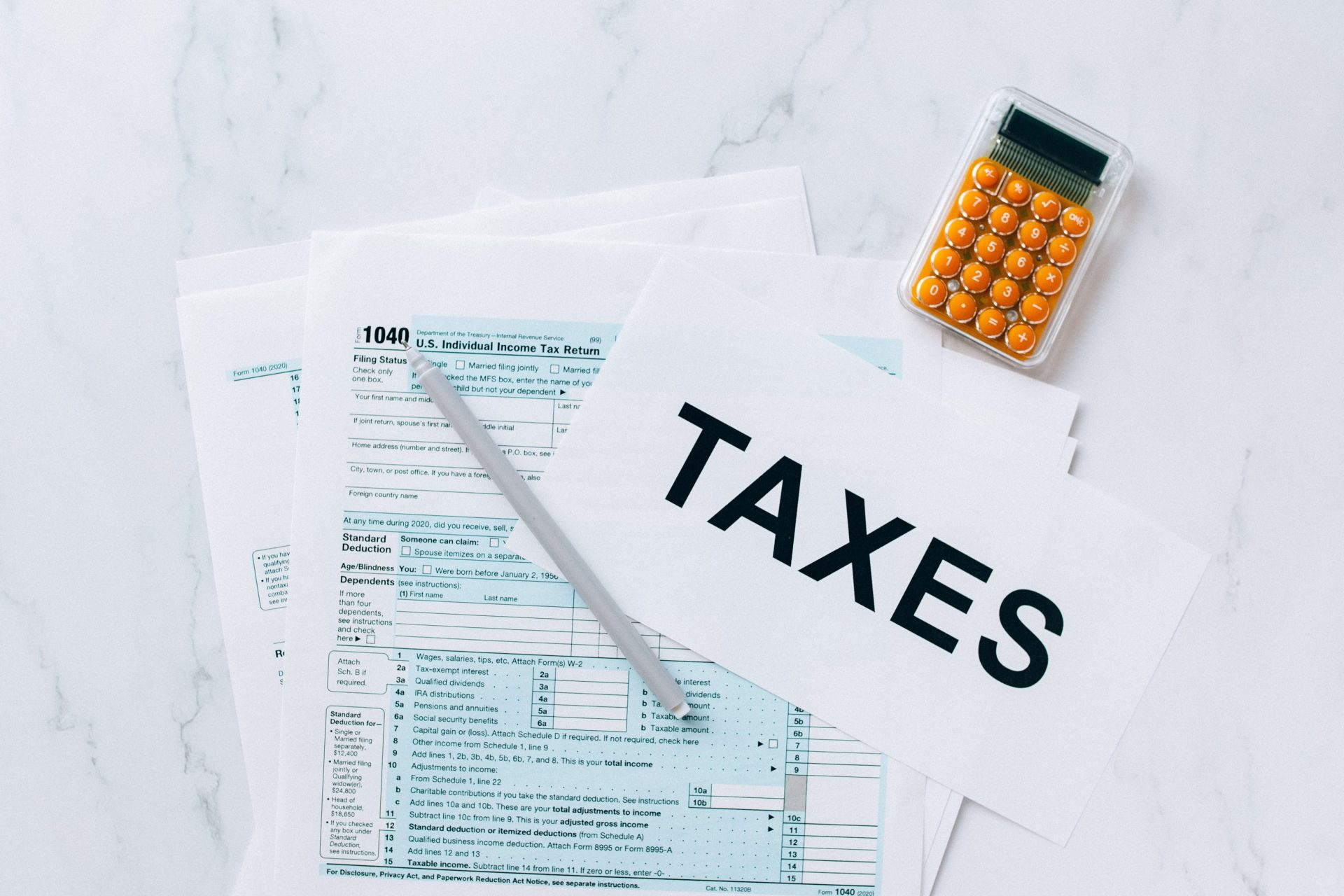Nonprofits can now finance green energy projects more affordably by combining tax-exempt bonds with tax credits from the Inflation Reduction Act, though careful management of legal, financial, and tax issues is required.
Financing Green Energy Projects: How Nonprofits Can Combine Tax-Exempt Bonds and Tax Credits for Maximum Savings
According to CLA Connect, nonprofits have a new opportunity to fund green energy projects by using tax-exempt bonds alongside tax credits, a benefit introduced by the 2023 Inflation Reduction Act (IRA). This legislation offers incentives like the Production Tax Credit (PTC) and Investment Tax Credit (ITC), which, when combined with tax-exempt bonds, can reduce financing costs and increase project profitability, making it easier for nonprofits to invest in renewable energy solutions.
Tax-exempt bonds are issued by state or local governments and offer lower interest rates because they are not subject to federal income taxes. When these bonds are used along with the green energy tax credits provided by the IRA, they can reduce the amount of money nonprofits need to invest upfront and increase the overall financial return. However, nonprofits need to be aware that using these incentives together can be complicated, with legal, financial, and tax issues that need careful management.
READ ALSO: $20 Billion in Medicare Wasteful Spending: How a Broken Payment System Threatens Patient Care and Drives Doctor Burnout

$10.3 Billion in Tax Incentives: Unlock the Power of Combining Tax-Exempt Bonds and Tax Credits for Nonprofits (PHOTO: Armanino LLP)
Maximize Green Energy Project Savings by Combining Tax-Exempt Bonds and Tax Credits with Expert Guidance
Despite these challenges, the benefits of using tax-exempt bonds and tax credits together are significant. With proper planning and the help of experienced tax professionals, nonprofits can take advantage of these incentives to finance their green energy projects, saving money and making the projects more viable. It’s important to get expert advice to make sure the organization maximizes the benefits and avoids potential pitfalls.

















































